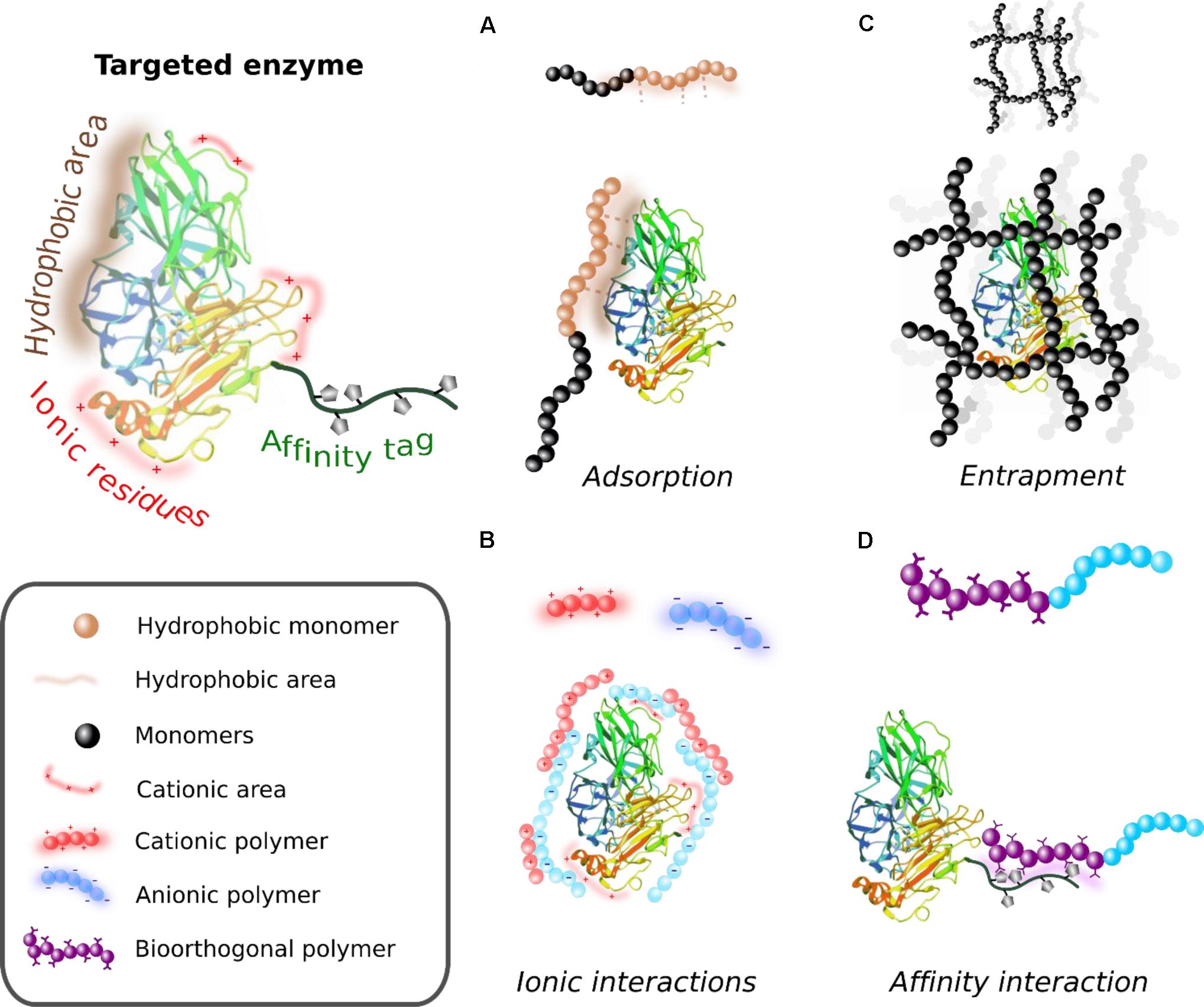
Kim (Cornell University) for experimental assistance and discussion. Song (Cornell University) for providing the triblock terpolymer and R. Strogatz (Cornell University) for fruitful discussions J. This work also used the Xradia VERSA XRM-500 instrument in the Cornell University Biotechnology Resource Center (BRC) Multiscale CT Imaging Facility. This work made use of the SEM, transmission EM, and polymer characterization facility of the Cornell Center for Materials Research (CCMR) with support from the NSF Materials Research Science and Engineering Centers (MRSEC) program (DMR-1120296) and CHESS, which is supported by the NSF and the NIH/National Institute of General Medical Sciences under NSF award DMR-0936384. Solvent vapor sintering for microsphere-based scaffolds enables inclusion of proteins and bioactive molecules within the scaffolds (69). Glutamine transaminase (TGase) was used as the cross-linker of the hydrogel, because.

Mikos Department of Bioengineering, Rice University 6100 Main, MS 142, Houston, TX 77005-1892,USA Tel: 1-71 Fax: 1-71 E-mail: Johnna S. In this study, bovine serum albumin (BSA) was used as a porogen to prepare the porous hydrogel, which had not been previously reported. Formation of highly porous biodegradable scaffolds for tissue engineering Antonios G.

gratefully acknowledges the Singapore Energy Innovation Programme Office for a National Research Foundation graduate fellowship. The aim of this research was to prepare a novel sponge-like porous hydrogel scaffold based on human-like collagen (HLC) that could be applied in cartilage tissue regeneration. This work was supported by the NSF Single Investigator Award (DMR-1104773).


 0 kommentar(er)
0 kommentar(er)
